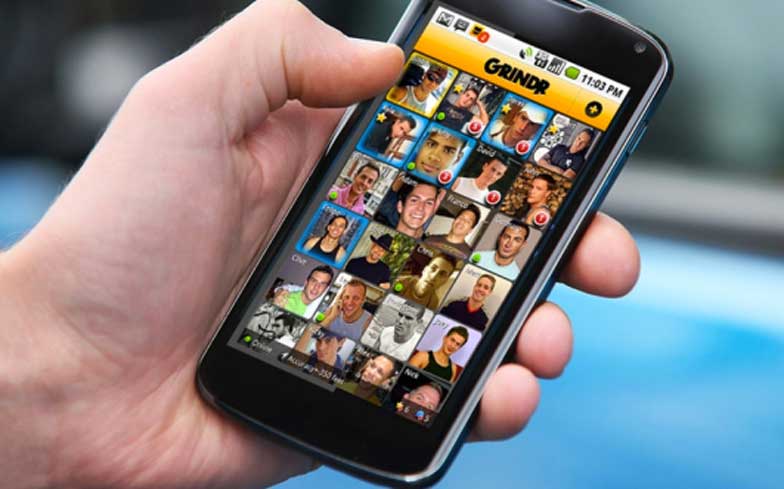
Well that didn’t take long…
Last week, a tech professional from Washington DC managed to exploit a loophole in Grindr’s software, which allowed people to view who had blocked them on the gay dating app.
At the time, he told Queerty: “About two weeks ago I discovered that Grindr actually gives each user the profile IDs of all the users who blocked you on the app.
“They don’t display it anywhere on the actual app itself, but the data is there.
“So, I decided to build C*ckblocked,” he continued. “Basically you can login with your Grindr creds and it’ll show you all the users who blocked you on the app.”
He went on to say though that he expected the company to shut the tool down in about a week, and he was right, because on Monday, Grindr did exactly that. It is estimated that around 60,000 people used C*ckblocked before it was shut down.
Related: Adam Rippon explains what his Grindr profile looks like
Users who now try and access C*ckblocked are now met with a message that reads: “Goodbye C*ckBlocked. The first and only way to see who blocked you on Grindr.
“The API that provided for the data was patched by Grindr on March 23rd, 2018.”
However, users in the UK may still be able to see who’s blocked them, because we have certain rights which allow us to view data that companies have on us, including data that is on our profiles.
However, even though we may no longer be able to view who blocked us on Grindr, the app recently launched a new update which encourages its users to get tested for HIV.
Dan Wohlfeiler – director of Building Healthy Online Communities – said: “Grindr’s making it as easy to get tested as to find a date. Getting tested regularly for STDs, including HIV is one of the most important things a guy can do for his own health, and his partner’s.”



